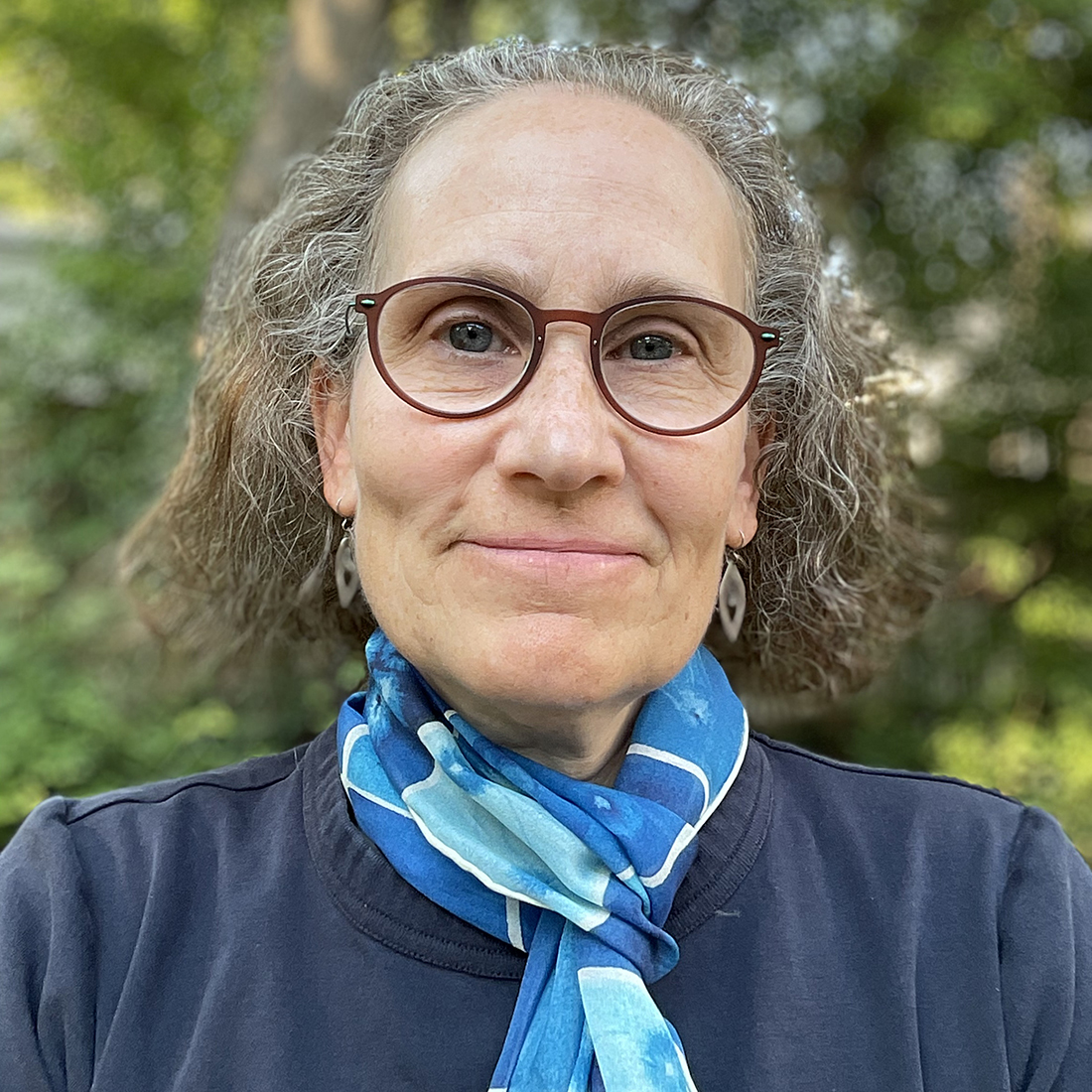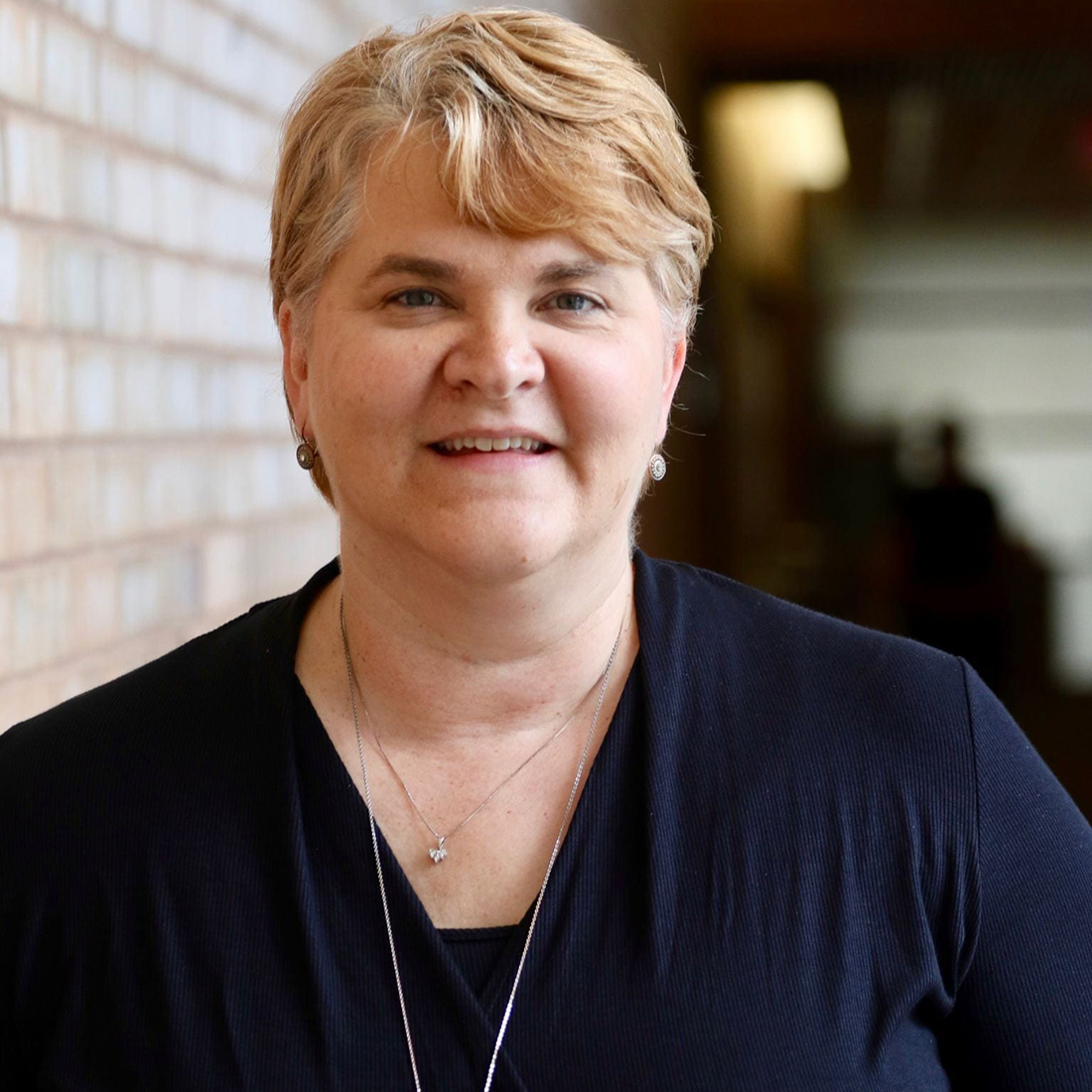Gabrielle Kardon, Ph.D.

- Title
- Professor
- Department
- Department of Human Genetics
- Institution
- University of Utah
- Address
- 15 North 2030 East
- City, State, ZIP
- Salt Lake City, UT 84112
- Phone
- (801) 585-6184
- [email protected]
- Website
- https://www.kardonlab.org

- Research field
- Developmental biology
- Award year
- 2006
- Pew distinction
- Innovation Fund investigator
Research
The vertebrate musculoskeletal system is essential for the support and movement of the body. To enable a wide variety of movements, the musculoskeleton is complex, consisting of more than 200 muscles attached to bones via muscle connective tissue and tendons. The broad aim of our laboratory is to understand the molecular mechanisms and tissue interactions necessary to pattern and assemble the musculoskeletal system during development and also their role in regeneration and disease. We focus on muscle stem cells because they are the source of all muscle. We also focus on the muscle connective tissue because it provides the niche for muscle stem cells and is critical for muscle form and function. We study how interactions between muscle stem cells and the connective tissue orchestrate development of limb muscles and the diaphragm, regulate muscle regeneration and aging, are the source of birth defects and fibrosis, and shape evolution of the musculoskeletal system.
As an Innovation Fund investigator, Gabrielle Kardon, Ph.D., is teaming with Deborah Lenschow, M.D., Ph.D., to study how acute Chikungunya infections lead to chronic and persistent symptoms. The Chikungunya virus is a mosquito-borne pathogen that causes fever, rash, and arthritis in humans. After initial infection, up to 60% of patients develop long-term muscle pain, joint pain, and fatigue. Despite the absence of replicating virus, viral RNA persists and has been detected for weeks post infection. The Lenschow lab has identified that muscle cells and fibroblasts are the key cell types that survive acute infection and harbor persistent viral RNA and therefore may be the source of chronic symptoms. However, it is not clear how muscle structure and its ability to repair is altered by the lingering viral genetic material and how this may contribute to ongoing pain and weakness. Combining expertise in viral immunology and muscle biology, the team will use a robust new mouse model developed by the Lenschow lab and novel imaging and genetic tools from the Kardon lab to investigate how the residual Chikungunya viral RNA changes cellular gene expression to cause structural damage of muscles and to identify which specific cell types contribute to these alterations. This collaborative effort could provide critical insight into the mechanism of chronic Chikungunya symptoms as well as other long-hauler symptoms found in patients with SARS-CoV-2 and uncover new molecular targets for future interventions.
Scholar Keywords
2006 Search Pew Scholars
- José M. Barral, M.D., Ph.D.
- Bartosz A. Grzybowski, Ph.D.
- Gabrielle Kardon, Ph.D.
- Raymond J. Kelleher III, M.D., Ph.D.
- Scott G. Kennedy, Ph.D.
- Karen L. Mohlke, Ph.D.
- Coleen T. Murphy, Ph.D.
- Joseph T. Opferman, Ph.D.
- Satchidananda Panda, Ph.D.
- Kenneth D. Poss, Ph.D.
- Judd C. Rice, Ph.D.
- Yujiang Shi, Ph.D.
- Sheryl Tsai, Ph.D.
- Christopher A. Voigt, Ph.D.
- Ming Zhou, Ph.D.
